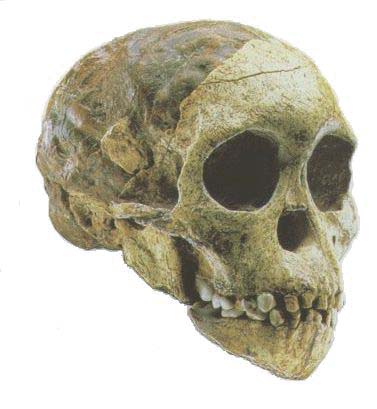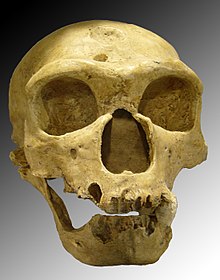Dracula Ant (Adetomyma venatrix)
Dracula Ants are different than any other ants. They are shaped unlike any other ant, having a skinny waist and only one joint between their thorax and abdomen. They get their name from the way they feed. Due to their skinny waist, they can't eat solid foods, or else they would choke and die. The larvae on the other hand, are made to eat and can handle all manner of food. They consume the solids that the workers bring back to the nest and pass the protein back as a liquid. The adult ants then chew a hole in the larvae skin. The hemolymph then oozes out, and the adults take a drink.
Dear Mom,
Life here is tough. It's horrible having to see my own kids get cut open just to feed the rest of our population. I wish evolution took a different path, and we didn't develop this way. Sometimes I feel like I should be helping the young ones. They haven't done anything to deserve it. Every day I see my own family get cut open just so that we can feed ourselves. I can't argue, it is good, but I wish there was another way to feed ourselves. Due to this continuous way of eating, our species is slowly diminishing. I fear that by the end of our day we will have about 10 less brothers.
I plan on trying to help out the family by rescuing as much as I can, it'll be dangerous but seeing my family safe matters more to me than dying. I will do everything I can to save them, and if I fail, I tried. Please don't let our family tree line be the same. If anything happens to me, I'll need you to help or at least try to help the rest of the family. It will mean the world to me. I love you mom, hope to see you soon.
Sincerely,
Alessandro Ettore (defender)
Thursday, April 26, 2012
Thursday, April 19, 2012
Thursday, April 12, 2012
Becoming Human
Sahelanthropus tchadensis
(6-7 millions years old)
Found in Central Africa, this hominid has a body structure similar to apes today.
Australopithecus africanus
(2-3 million years old)
Found in Makapansgat, South Africa, this hominid has a body structure more similar to our build. It is small-bodied and has a pelvic characteristic to habitual bipeds.
Paranthropus boisei
(2.3-1.4 million years old)
Found in East Africa, this hominid had features unique to themselves (usually large extremes of current structures), such as large cheekbones and large molars.
(2.5-1.6 million years old)
One of the earliest Homo species, found in Kenya, Africa, this hominid had an unusually large brain, not unlike the brain in our species. It had a combination of ape-like and human-like traits in their body.
(200 -28 thousand years old)
The skull of this hominid is very similar to our skulls, albeit its body structure is heavily built like some apes today.
Subscribe to:
Posts (Atom)






